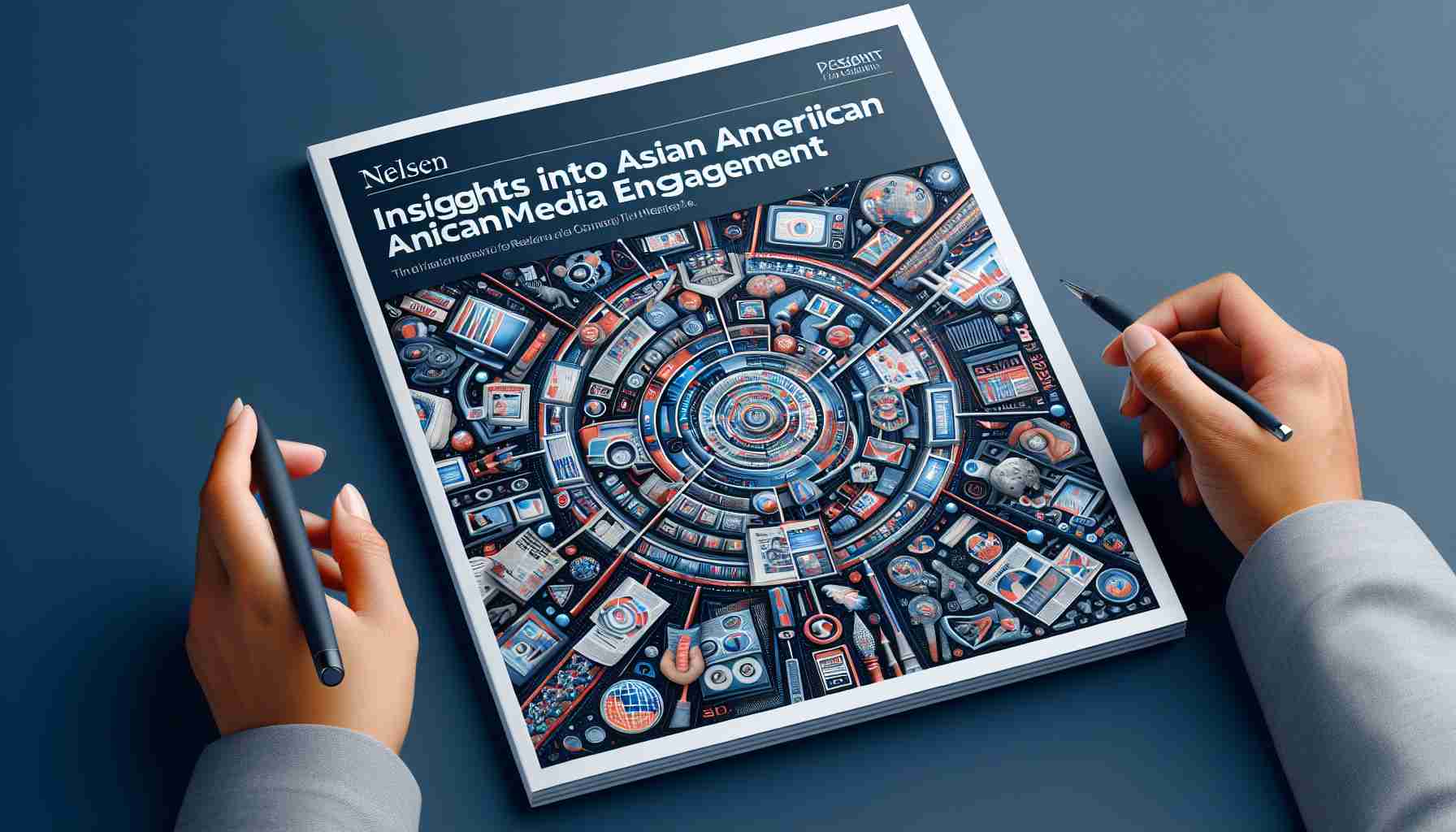Asian American Media Consumption at Parity Across TV and Mobile
A recent study by Nielsen during Asian Pacific American Heritage Month has brought to light the media habits of Asian Americans. With the emergence of streaming as the predominant platform to reach out to Asian Americans, including Native Hawaiians and Pacific Islanders, the report shines a light on how this demographic interacts with different devices for their media consumption.
Streaming content has been keenly adopted by Asian Americans, with the report revealing a balanced engagement of approximately 17 hours a week each on television and smartphones. Traditional TV is playing second fiddle, as audiences show a definitive preference for TV-connected streaming options over live broadcasts.
Ad-Supported Platforms Gaining Traction Among Asian American Viewers
In terms of advertising reach, Asian Americans have been noted to allocate about 31% of their screen time to ad-supported streaming services. This is a slightly higher percentage compared to the general population’s 27%, emphasizing the growth potential for advertisers on these platforms. The overall streaming time for Asian Americans also exceeds the national average by almost 10%, suggesting that a comprehensive approach spanning multiple media forms could be most effective in engaging this audience.
Neilson’s Vice President of Global Communications, Patricia Ratulangi, addressed the media’s evolutionary scope and the necessity to understand the diverse experiences and perspectives of the Asian American community to achieve meaningful connections. This sentiment is echoed by industry leaders who believe that presenting authentic narratives in media fosters trust within the Asian American audience.
Trust in News and the Asian American Voter Demographic
Delving into news consumption patterns, the report identifies a marked trust and daily engagement with news media amongst Asian Americans, which is particularly significant given their growing numbers of eligible voters. Within the demographic, specific news stories resonate differently with various age groups—older Asian Americans are more attuned to geopolitical and anti-Asian hate coverage, whereas younger generations are more engaged with topics like affirmative action and immigration.
In anticipation of the upcoming elections, and acknowledging the youthful average age of Asian American voters, news outlets are encouraged to curate their content mindfully to address the diverse concerns of this electorate.
Additional Findings Highlight Asian Americans’ Technological Affinities
Other key insights from the report highlight an increase in streaming share among Asian Americans, a higher likelihood to purchase games, toys, books, and music, as well as an inclination towards smartphone upgrades more than the general population. Nielsen’s comprehensive report underscores the importance of culturally-tailored strategies to engage Asian American viewers holistically in an evolving media landscape.
Important Questions and Answers:
– What does the Nielsen report show about Asian American media consumption?
The report shows that Asian Americans have a balanced engagement with media, spending approximately 17 hours a week each on television and smartphones. It also reveals a preference for TV-connected streaming options over traditional live broadcasts.
– How does Asian American engagement with ad-supported streaming platforms compare to the general population?
Asian Americans allocate about 31% of their screen time to ad-supported streaming services, which is higher than the general population’s 27%, highlighting an opportunity for advertisers.
– What are the news consumption patterns among Asian Americans?
There is a significant trust and daily engagement with news media among Asian Americans. Different age groups in the demographic resonate with varying news stories, with older members inclined towards geopolitical news, while younger members are more engaged with topics like affirmative action and immigration.
Key Challenges or Controversies:
– A challenge is the diversity within the Asian American community, which encompasses a vast array of cultures, languages, and national origins. Media engagement strategies must recognize and respond to this diversity effectively.
– Another point of contention is the representation of Asian Americans in media. While technological engagement is high, there is a need for more authentic narratives that reflect the Asian American experience.
– Controversies related to media include those concerning the portrayal of Asian Americans and the adequacy of Asian American perspectives in mainstream media, which often influences trust and engagement levels.
Advantages and Disadvantages:
Advantages:
– High engagement with media, especially streaming platforms, can lead to more focused and effective advertising strategies targeted at the Asian American demographic.
– Trust in news media among Asian Americans can drive informed civic participation and provides an avenue for delivering tailored content.
Disadvantages:
– The media industry may find it challenging to accurately capture and deliver content that resonates with the broad spectrum of cultures within the Asian American community.
– Over-reliance on digital engagement can overlook subgroups within the Asian American population that may consume media through more traditional means.
Related Links:
For further research and information on topics related to Asian American media engagement, please explore the following:
– Neilsen, for insights and data on consumer behavior.
Please note that while these links are intended to provide helpful additional context, they may have been updated or changed since my knowledge cutoff date, and I cannot guarantee the current validity of the URLs.
The source of the article is from the blog revistatenerife.com
